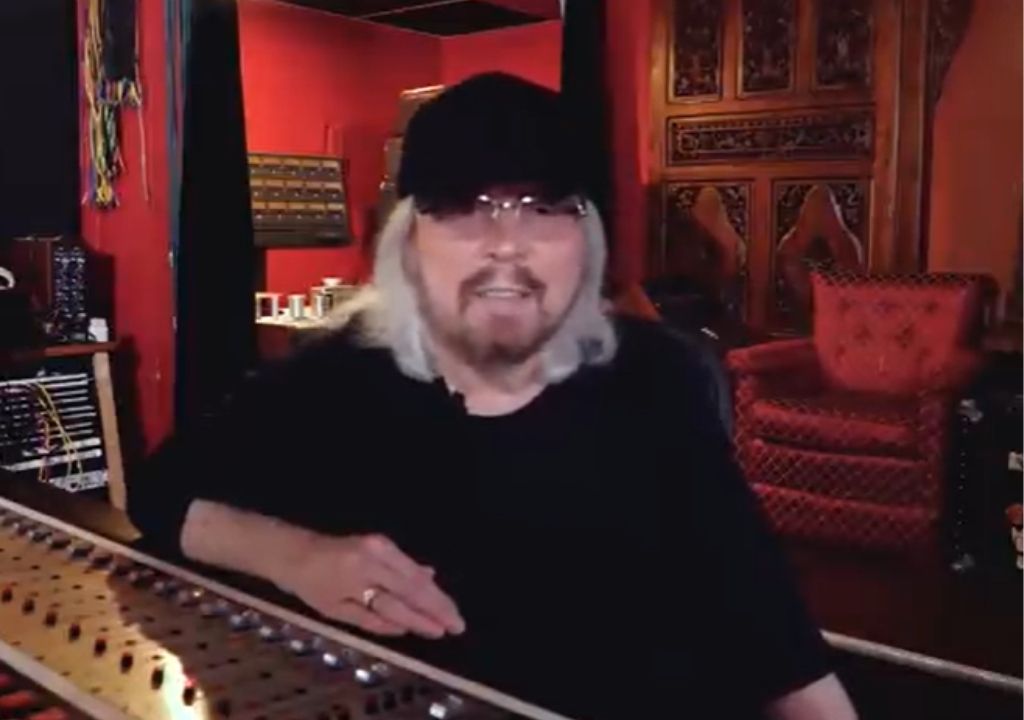
From the tender ballads that pull at the heartstrings to the disco anthems that lit up dance floors around the globe, the Bee Gees remain a towering presence in popular music history. Yet behind the glittering legacy stands a story marked by innocence, raw creativity, and moments of pure serendipity, as Barry Gibb recently revealed in a revealing conversation about the legendary band’s journey.
The Bee Gees started as an oddity, Barry recalls—a trio of young brothers newly arrived in the United Kingdom, diving headfirst into the swirling psychedelic culture of the 1960s. “Naivety is everything,” Barry admits. “We were as naïve as you could possibly be. Suddenly we were signed to NEMS under Brian Epstein and Robert Stigwood, and from there we were just floating along with the tide.”
That innocence proved their unexpected strength, allowing the Bee Gees to embrace the flower power ethos fully. Barry shared a candid glimpse of those early days: “You’d go down to King’s Road, buy caftans and beads, and that was it—we were just going with it.” It was a time before the band fully understood the business side of music, focusing simply on the heart of their craft: “All we really understood was if we wrote a good song, maybe it would be successful.”
One of their first breakthroughs came with the song that marked a turning point: “Massachusetts.” Barry recounted how Robin’s inspiration struck during a trip to New York. “Robin came back from a harbor tour and told us, ‘I’ve got this idea.’ We checked into the St. Regis, pulled out our guitars, and the song just grew. It became our first number one record.”
But the Bee Gees’ songs transcended their own performances, finding new life in the voices of others. Barry fondly recalled meeting soul legend Otis Redding in 1967, an encounter that helped inspire their classic “To Love Somebody.” Years later, he was stunned to discover Janis Joplin’s raw, powerful rendition during Woodstock.
“I didn’t even know she had recorded it until I suddenly heard it. It blew me away. I think she was amazing, and I’m delighted she sang it,” Barry Gibb, Bee Gees frontman, reflected.
As the 1970s dawned, the Bee Gees reinvented themselves with fresh sounds. The hit “Jive Talkin’” came together in a burst of late-night creativity. Working alongside producer Arif Mardin, they crafted a playful, cheeky groove that became instantly recognizable. “For me, the best fun was knowing where things should be. You can’t just stop singing and let the track continue—something has to happen to grab people,” Barry explained.
The band’s most iconic anthem, “Stayin’ Alive,” emerged partly thanks to a riff crafted by Alby Galuten and played by Alan Kendall. This empowering track later earned an unexpected place in medical history when doctors used the beat for CPR training. “When I hear it now, I realize how prophetic those words were—‘whether you’re a brother or whether you’re a mother, you’re stayin’ alive.’ Doctors even began using the rhythm for CPR, and fans have told me their fathers survived heart attacks because of it. That’s gratifying,” Barry said.
John Travolta’s legendary
Video
